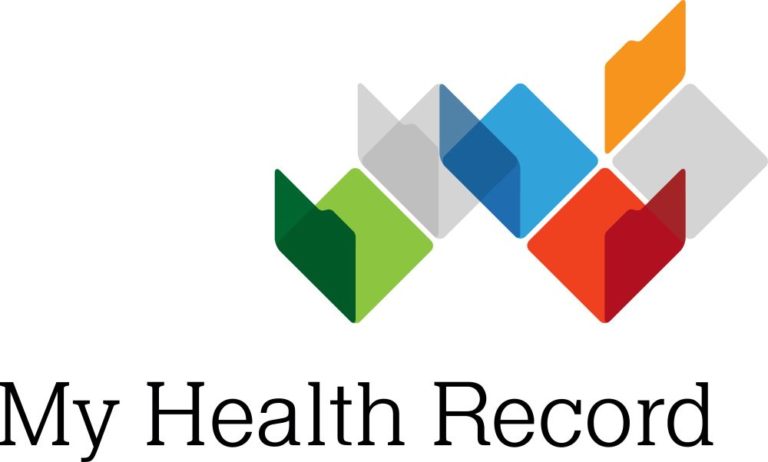[vc_row][vc_column][vc_column_text]The Medical Services Advisory Committee (MSAC) plays an important role in determining which medical services Australians have access to through Medicare. It may be stating the obvious, but funding for healthcare is a finite resource, and there are infinite demands for healthcare. It follows that healthcare dollars must be spent judiciously.
MSAC is charged with deciding whether a new medical service should be publicly funded based on an ‘assessment of its comparative safety, clinical effectiveness, cost-effectiveness and total cost’. Innovations in medical technology often require the development of new medical procedures to ensure that the technology can be utilised for its best possible performance. MSAC decides whether a medical professional can be paid for performing the procedure. If the application is successful, the procedure will be included on the Medical Benefits Schedule (MBS). If the technology is implantable then the device will likely to be eligible to be included on the Prostheses List.
Some new technologies allow patients to be treated outside of a hospital. Treatment for varicose veins has previously involved invasive procedures to be carried out solely in the care of hospitals. Innovation in technologies such as radio-frequency ablation hasenabled patients to access these procedures in alternative, more office based environments. The MBS covers payment to the doctor for performing the procedure but does not, in most cases, make an allowance for any single-use technologies. This can result in significant out of pockets for patients. MSAC has acknowledged this structural issue on a number of occasions in their assessments of new technologies.
This problem is compounded by our strange system of private health insurance (PHI). PHI covers hospital admissions but does not cover office-based therapies, therefore hospital-based treatments may be less expensive for patients, while overall costing more. Looking at this from an economic perspective, we can see that the least costly options of out-patient based innovations are not being incentivised by the payment system.
There is certainly an opportunity for Government to have a more flexible approach to what may be included in an MBS fee. Realistic coverage for the actual cost of delivering a service, including device cost, would be of real benefit to patients and is likely to reduce the cost to the health system overall. Alternatively, at a time when the value of PHI is certainly being questioned, mechanisms whereby PHI could cover out of hospital procedures – that the MSAC has previously considered to represent good value, should also be considered.[/vc_column_text][vc_zigzag][/vc_column][/vc_row][vc_row][vc_column width=”1/4″][vc_single_image image=”2606″ img_size=”full”][/vc_column][vc_column width=”3/4″][vc_column_text]
About The Author
Sarah Griffin B.App.Sc (Physio), GradDIp Health Ec & Policy
Principal Medtechnique Consulting.
Sarah Griffin is the founder of Medtechnique Consulting and has more than 25 years experience in medical technology, both in Australia and the United States. Sarah expertise includes health economics, health insurance, health policy and legislation, reimbursement systems and government relations. Sarah also serves as Chair of the AusMedtech Health Economics Expert Panel and as an independent expert to the Australian Government’s Industry Working Group on Prostheses List Benefit Reform.[/vc_column_text][/vc_column][/vc_row]




